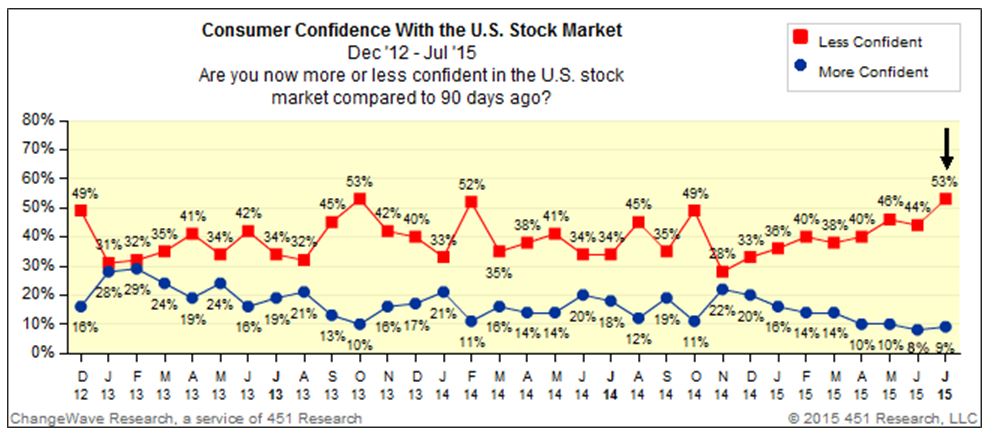Contact: Adrian Sanabria Brenon Daly
Continuing its accelerated shopping spree, Microsoft has reached for infosec startup Adallom. Although terms weren’t released, reports from newspapers in Israel, where Adallom has its roots, peg the price at $250m-320m. Assuming those reports are reasonably accurate, the acquisition would be larger than our understanding of the Aorato buy last November. Aorato stands as Microsoft’s most recent security purchase, and the technology will run alongside the just-acquired technology from fellow Israeli company Adallom.
The Adallom pickup fills a gap between cloud-based IAM and third party SaaS products, allowing Microsoft customers to add much broader control over user authorization and activity within internal (Office 365) and third-party SaaS applications such as Salesforce, Workday and Google Apps. This extension of user permissions and directory services creates a layer of monitoring and control not previously possible in the traditional enterprise. Also, with Office 365 as one of the most popular services for vendors such as Adallom to enhance, Microsoft now has the opportunity to offer much greater control, visibility and security to existing customers.
Microsoft’s purchase of Adallom is the tech giant’s twelfth transaction of 2015, which is twice as many as it has averaged in the same period each year over the past half-decade. Moreover, virtually all of the companies that Microsoft has snagged this year have been relatively small startups. (All but one of the startups acquired in 2015 has raised $50m or less in total funding.) In years past, Microsoft has typically announced a 10-digit deal (e.g., Nokia devices, Yammer, Skype) along with the technology tuck-ins. Of course, that shift to smaller targets might have something to do with the billion-dollar write-downs Microsoft has made on several of its larger acquisitions inked under previous CEO Steve Ballmer.
Recent Microsoft M&A activity
|
Source: 451 Research’s M&A KnowledgeBase *Excludes purchases of domain names and IP addresses
For more real-time information on tech M&A, follow us on Twitter @451TechMnA.

